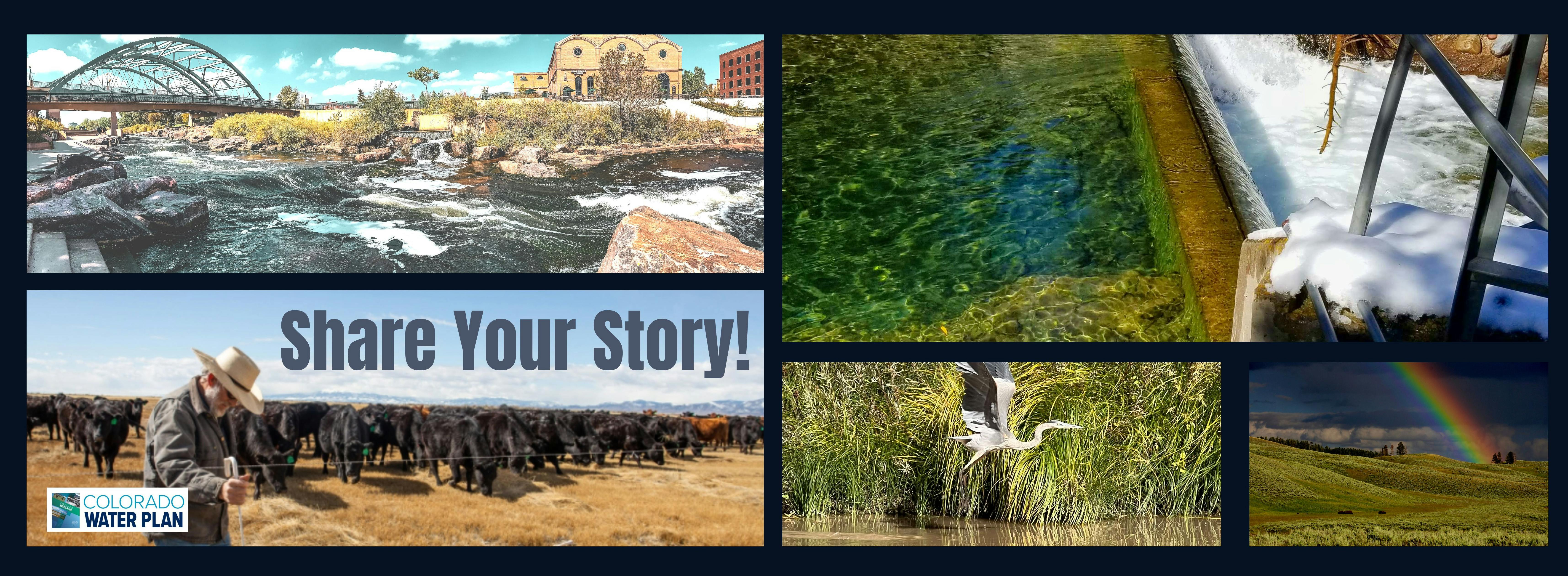Adapting to Drought on Our Farm
Adapting to Drought on Our Farm
Paul Kehmeier
We raise alfalfa, grass, and small grain on 170 acres in Delta County. Our farm is currently in an area on the U.S. Drought Monitor map that is the most extreme category of drought they use. Our total hay production in 2020 is going to be about 275 tons. In 2019 it was about 400 tons.
I am adapting to drought and aridification by using most of our irrigation water in the spring and fall. Water lost in transit to the farm as well and water lost to evapotranspiration on the fields is less when it is 75 degrees in the spring and fall rather than 100 degrees with a hot, dry wind blowing in the summer. So this summer most of our farm was dry, brown, and dormant during June, July and August even though that was the height of the growing season.
I have adjusted how I manage our alfalfa, grass, and small grains. Alfalfa is a resilient plant. I’ve learned by experience that one irrigation per year will pretty well keep it alive. So I irrigate it when we have water and let it sleep when we don’t.
The grass is not as drought resistant as alfalfa, but I try to irrigate all of it once in the spring. Then if the water outlook does not look good, I don’t cut the grass for hay until the fall. By then the grass is pretty much brown, but at least I have not stressed the plants by cutting them off when I can’t get them the water they need to recover.
How I raise small grain is my biggest adjustment to drought. Our typical operation has been to plant oats in the spring. There are several drawbacks to this in drought conditions. To raise a crop of oats I first have to wait in early spring until the sun and wind has pulled most of the winter moisture out of the soil so that I can till the fields. I then till and create a nice seedbed. By the time I plant, the ground is pretty much bone dry. Then I turn around and wet the soil to sprout the seeds. In order to raise the crop I continue irrigating in May, June, and July even if it is 100 degrees out and the wind blowing. This works fine if you have water to burn. It’s not so good in other situations.
So I’ve switched to winter grain and am experimenting with reduced tillage. I plant and irrigate in September and October when my irrigation water will go further. In the spring the plants are ready to take advantage of the winter moisture, and I irrigate when the weather is still cool. I can quit irrigating before the weather gets too hot and dry, since by then the crop is ready for harvest. This strategy of farming with winter grain is what the dryland farmers in eastern Colorado have been doing for generations. Maybe we can all learn a thing or two from them.
Paul Kehmeier
Eckert, Colorado
No-till Triticale about 1 month old
Brome grass cut in the fall after a summer of no irrigation




Thank you for your contribution!
Help us reach out to more people in the community
Share this with family and friends